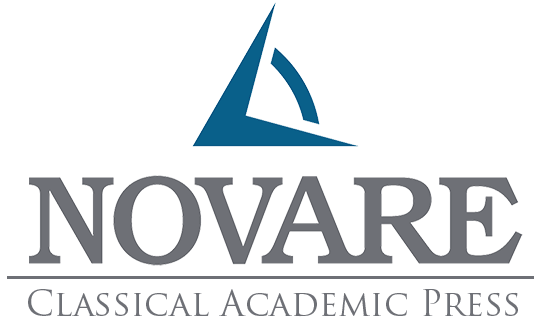Our Textbook Philosophy
Science education is in crisis nationwide. College freshmen increasingly need remedial classes before they can begin their college coursework. Educators usually take it for granted that students will not retain what they’ve learned more than a couple of weeks. Standardized tests govern the curriculum. And for years, the United States has been falling behind other nations in science and math.
Heavy, Cumbersome Volumes
Several unfortunate trends in textbooks today are common to both religious and secular publishers. The first is sheer size. As student achievement has dropped over the past two generations, educators have responded by calling for textbooks to cover more and more material, as if cramming more material into books would solve the problem of students not learning what was there to begin with. It is a rare student indeed who can master the content of a typical secondary science textbook these days. Students carry around these back-breaking books, racing through the content, and the Cram‑Pass‑Forget cycle continues.
Media Hype
It is common today for textbooks to clamor for the students’ attention with cluttered pages that imitate popular media. Commercial media are designed to distract and entertain, instead of encouraging people to read and engage. Many textbooks are flawed because of their attempt to shout to students using similar tactics. The result is books that are full of distractions, and that generally do not encourage students to concentrate on reading the text.

Poor Graphics
Similarly, many textbooks pander to youthful tastes with silly graphics, images of kids on skateboards, and childish attempts to seem ‘cool’ through style, fonts, and design. The irony here is that most students are aware of these pathetic efforts to get their attention, and they end up mocking their books and despising the educational system that does not consider them worthy of more mature curriculum material.
Some texts simply lack aesthetic sensitivity, apparent from their gaudy and overblown design. In other cases the ugliness is due to the use of primitive clipart or inelegant graphical features.

Dumbing Down
It is becoming increasingly common for the prose content to be written in English well below the appropriate grade level. Also, many texts bypass ideal opportunities to enhance and integrate content with the appropriate mathematics and historical study of the subject. Even more troubling is the case where chapter exercises do not call for analytical thinking or the kind of effort that effects real assimilation. Exercises that involve only simple matching, fill in the blank, or ‘busy-work’ worksheets end up teaching students to jump through hoops to get a daily grade rather than facilitating learning. To compound the problem, students may come to expect that this low level of effort is normal and be pleased with their skill at completing exercises that are hardly suitable for elementary school.

Other Considerations for Christian Educators
Secular Textbooks
Christian Textbooks
Young-Earth Debate
Finally, virtually every Christian science textbook publisher is overtly committed to an agenda of rejecting mainstream scientific evidence pertaining to the age of the earth. For both Biblical and scientific reasons, we believe it is time to put this debate behind us. We find the literalistic model of an earth approximately 10,000 years old to be not only not necessitated by the soundest principles of Biblical exegesis, but to be in conflict with the “other book” of God’s revelation: the creation itself. From Psalm 19 and other passages we believe the creation reveals the glory of the Lord. Since scripture and creation both come from the same God, they cannot be in conflict. And when both are rightly understood, they won’t.
Novare Science
The New AlternativeSo what do Novare textbooks do to address these problems? The textbooks published by Novare are all designed around our three focus principles which are explained in more depth on our Wonder, Integration, Mastery page. But here are the specific ways that we implement those principles in our texts.
Mastery
Integration
Key historical content appears in the text (rather than being limited to sidebars), and specific historical objectives are listed in the learning objectives for particular chapters.
Wonder
General Features
The tone, style and graphics in each text are age appropriate, lucid and engaging, and are designed to draw students upward toward the adult world of scientific inquiry and study. Though we enjoy humor, we avoid the deliberate use of silliness as a tool for appealing to students.
Texts are compact and easy to carry around. Page trim size for all texts is 6.5 inches x 9.5 inches. Actual chapter content comprises approximately 300-500 pages.
